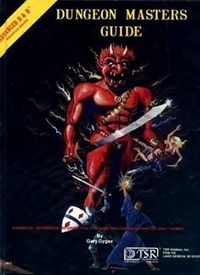 The way I see it, there are two types of Dungeon Masters — two archetypes, if you will: The Storyteller and the Rules Stickler. Of course, most game masters are some mix of both, but I’d like to try to describe these two different styles or approaches to RPG refereeing. And I’d love to hear from folks who are DMs as well as from players who have gamed with one sort of DM or the other.
The way I see it, there are two types of Dungeon Masters — two archetypes, if you will: The Storyteller and the Rules Stickler. Of course, most game masters are some mix of both, but I’d like to try to describe these two different styles or approaches to RPG refereeing. And I’d love to hear from folks who are DMs as well as from players who have gamed with one sort of DM or the other.
In the comments section of this blog a few weeks back, an interesting conversation developed about these different styles of dungeon mastering (or game mastering, if you’re not talking exclusively about Dungeons & Dragons); specifically, the broad spectrum between the DM who is a rules stickler and the DM for whom the rules are, at best, optional suggestions. It was intriguing enough that I promised to revisit the topic in its own post.
Here we are. So get your gear (if you’re a rules stickler, be sure to add up encumbrance values and calculate any penalties), pack your Bag of Holding (don’t forget those rations — unless you have a sorcerer who can conjure up food as needed), and get ready to delve into the depths of the dungeon master’s id.
For mapping out this subject, I’m going to focus on the two ends of the spectrum, recognizing that most game masters fall somewhere in between these two extremes. I’ll call them the Rules Stickler and the Storyteller. But first, an observation that applies to the whole lot of them that don the mantle of master…
One of the variables of tabletop RPGs, a fascinating aspect of its social (read: human interaction) nature, is that the rules are malleable and shaped to some extent by the personality of the person sitting behind that Dungeon Master’s screen. Unlike an online RPG controlled by a program that runs automatically at one remove from its programmers and cannot be reasoned with or tweaked (unless you’re a hacker), on the tabletop the DM calls the shots every step of the way.
Sure, the players, if they are conversant with the rules, know when they get to roll the 20-sided die and what bonuses they’ll get to add from their dexterity or their magic item or whatever. Nevertheless, the DM can add any offsetting variable he thinks appropriate. He can override the outcome and, unless he is faced with a player mutiny, so it stands.
So how does each individual DM choose to exercise this (fictional) life-and-death power?
…
Read More Read More

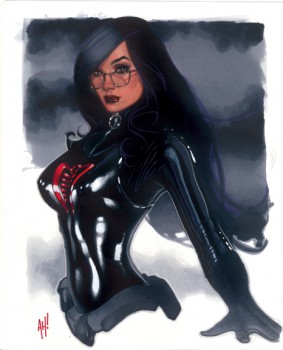
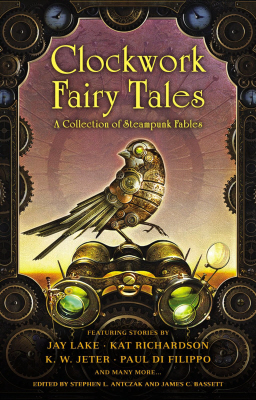

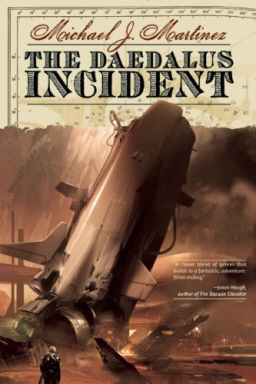
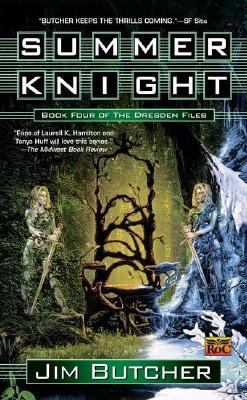

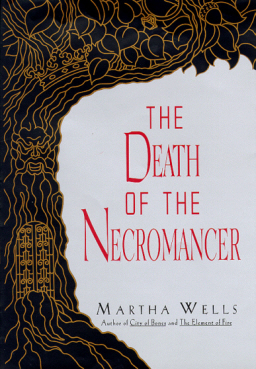
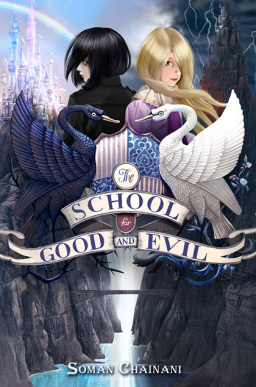
 Last Sunday, May 26, veteran genre writer Jack Vance died at the age of 96. John O’Neill posted
Last Sunday, May 26, veteran genre writer Jack Vance died at the age of 96. John O’Neill posted